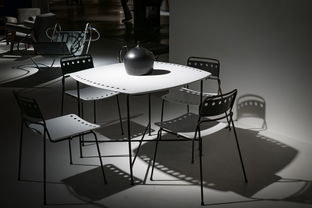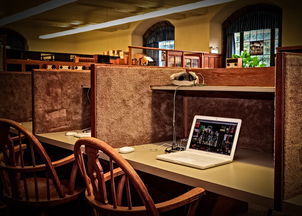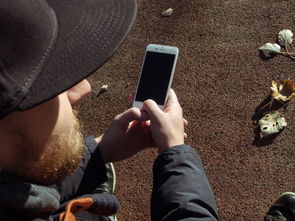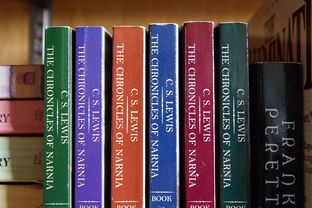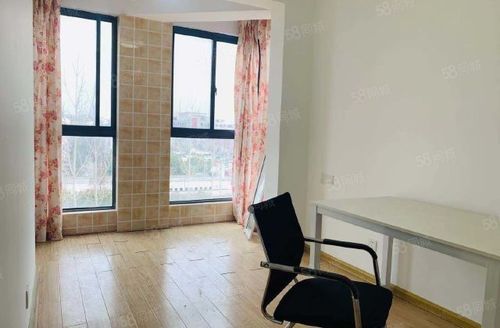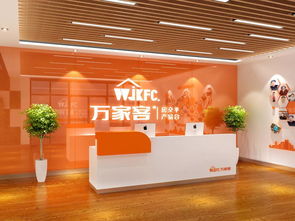The Architects Vision: Designing the Future with Language - Tomorrows Chat in English
As a seasoned architect, my work extends beyond drafting intricate structures and designing spaces that foster functionality and aesthetics. It also involves understanding the dynamic interplay between form and communication, particularly in the realm of technology where language is the medium through which ideas and concepts are shared. In this context, tomorrow's chat in English becomes more than just a casual conversation; it's a symbol of the evolving architectural dialogue.
In the realm of architecture, language is not only the blueprint but also the narrative that brings a building to life. With the rise of digital platforms and global collaborations, architects are increasingly communicating in English, the lingua franca of the industry. This shift reflects our ability to transcend borders and connect with clients, colleagues, and enthusiasts worldwide.
"Tomorrow's chat," therefore, could be interpreted as a meeting or discussion that takes place virtually or in-person, facilitated by digital tools like video conferencing or project management software. It might involve sharing design updates, brainstorming ideas, or discussing challenges faced during the construction process. The language used would likely be precise, concise, and inclusive, reflecting the professional standards expected in the field.
The design aspect of such a chat would revolve around the chosen platform's usability and visual appeal. A well-designed chat interface would ensure clarity and efficiency, mimicking the layout of a digital blueprint. Color schemes, typography, and user experience all contribute to the overall professionalism and effectiveness of the communication.
Moreover, architects would have to adapt to the nuances of English, which can vary greatly across different regions and cultures. Understanding idiomatic expressions, cultural references, and technical vocabulary is crucial for effective collaboration. This requires continuous learning and a deep appreciation for the richness of language.
In the realm of sustainability, tomorrow's chat might delve into eco-friendly materials and energy-efficient design choices. Architects would discuss their approach to integrating green features into their designs, using English to articulate these concepts and seek feedback from their peers.
Lastly, the evolution of tomorrow's chats goes beyond the physical space. As virtual reality (VR) and augmented reality (AR) technologies become more prevalent, architects would use English to describe and showcase their designs in immersive 3D environments. This new dimension of communication would further enhance the collaboration process and offer a more realistic preview of the built environment.
In conclusion, "tomorrow's chat" is not just a phrase, but a symbol of architectural innovation and progress. It represents the fusion of design, technology, and language, shaping the way architects share knowledge, collaborate, and create the cities of the future. As an architect, I look forward to embracing this future and utilizing English to shape our built environment for generations to come.


